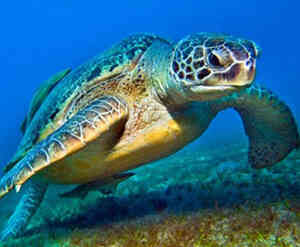
Caretta
Caretta,Loggerhead turtle, loggerhead sea turtle, loggerhead sea turtle, loggerhead sea turtle, loggerhead sea turtle, loggerhead sea turtle
The loggerhead sea turtle is a single species worldwide that spends most of ···
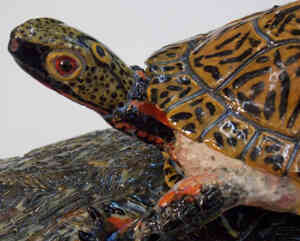
Sacalia bealei
Sacalia bealei,Beal's eyed turtle,Spotted turtle
The spotted turtle is aquatic, mainly living in streams with slow and clear ···
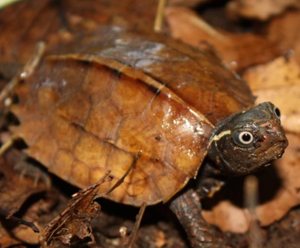
Geoemyda spengleri
Geoemyda spengleri,Black-breatsed Leaf Turtle,Golden turtle, twelve-horned turtle, maple leaf turtle, black-breasted leaf turtle, twelve-winged turtle
The ground tortoise lives in the shaded and moist areas near streams in the ···
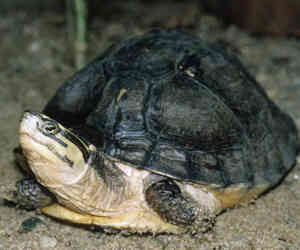
Cuora
Cuora,Broken plate turtle, snake turtle, snake-claw turtle, Asian box turtle
The genus Cuora (scientific name: Cuora) is a genus of Testudinata, Testudin···
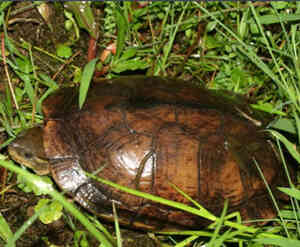
Mauremys mutica
Mauremys mutica,Stone turtle, stone golden coin turtle, water turtle, yellow turtle, fragrant turtle
The yellow-throated water turtle lives in the waters of hilly areas, mountai···
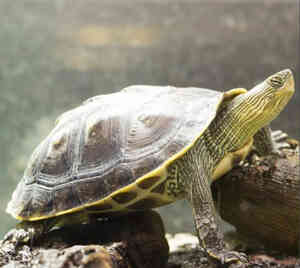
Mauremys sinensis
Mauremys sinensis,Chinese Stripe-necked Turtle,Ocadia sinensis Gray,1834,Chinese turtle, spotted turtle, pearl turtle, long-tailed turtle, Taiwan turtle
The flower turtle is an aquatic turtle. It is water-loving and has the habit···

Mauremys nigricans
Mauremys nigricans,Red-necked pond turtle,Painted turtle, black-necked painted turtle, three-lined turtle, Guangdong grass turtle, black-necked terrapin
The black-necked turtle is large in size and lives in streams in subtropical···
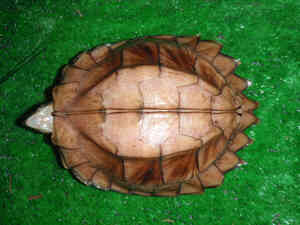
Cyclemys oldhamii
Cyclemys oldhamii,Snake-catching turtle, snake-catch turtle, snake-killing turtle
The European turtle is a wild animal of the order Testudinata and family Geo···
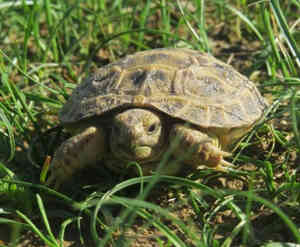
Testudo horsfieldii
Testudo horsfieldii,Afghan Tortoise Central Asian Tortoise Four-toed Tortoise Horsfield's Tortoise Steppe Tortoise,Land turtle, taspaha, prairie tortoise, land tortoise, turtle
In the Yili River Valley in Xinjiang, China, there is a small creature calle···
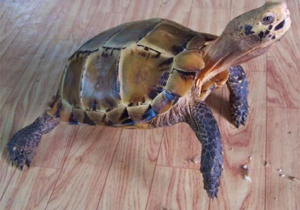
Manouria impressa
Manouria impressa,Impressed Tortoise, Kirin tortoise
Concave-shelled tortoise lives in tropical and subtropical mountainous areas···
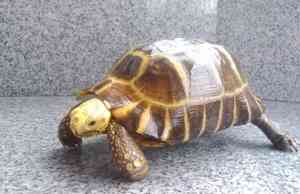
Indotestudo elongata
Indotestudo elongata,Elongated Tortoise,Yellow elephant turtle, pillow turtle, dry turtle, Burma land, dragon claw turtle and so on
Burmese tortoises are subtropical terrestrial tortoises, living in mountains···
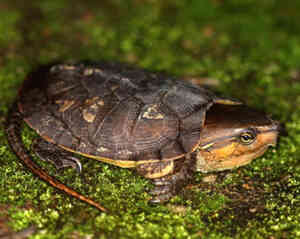
Platysternon megacephalum
Platysternon megacephalum,Big-headed Turtle,Hawk-billed turtle, big-headed flat-chested turtle, eagle turtle, etc
Flat chest turtle like Yin fear of high temperature, fierce temperament, roc···
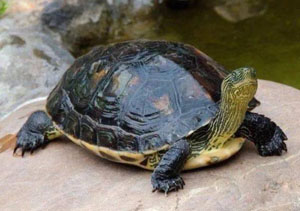
Testudines
Tortoise, golden turtle, grass turtle, mud turtle, mountain turtle, black turtle, flower turtle
In a broad sense, turtle refers to the general term for animals of the order···
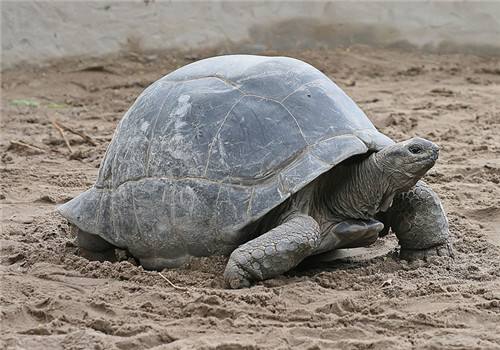
Aldabrachelys gigantea
Aldabra giant tortoise, Seychelles giant tortoise, Darding giant tortoise, Arnold's giant tortoise
This tortoise was discovered by humans more than 400 years ago. At that time···
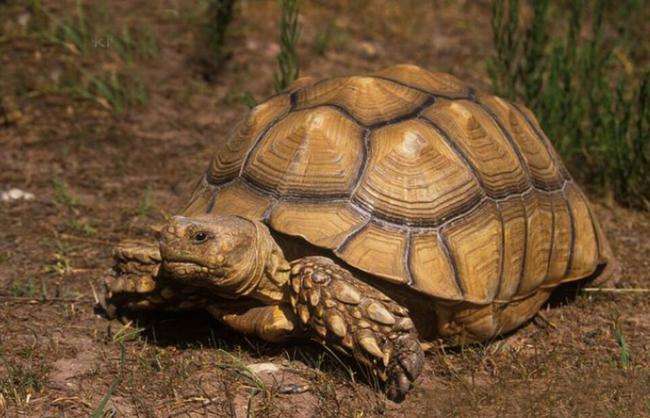
Centrochelys sulcata
Sulcata tortoise, Sulcata tortoise, African spurred tortoise, spurred tortoise, hairy-clawed tortoise
The Sulcata tortoise is a tortoise reptile that lives on land. It originally···
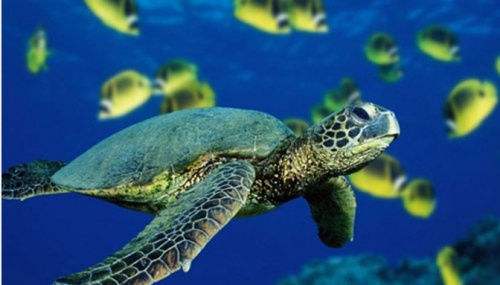
Chelonia mydas
green sea turtle,Green turtle, blue turtle, stone turtle, tsio̍h-ku,ku-piah,ku-phi̍ah
Turtles are one of the oldest animals on Earth. These creatures have existed···
